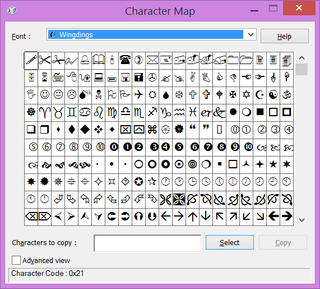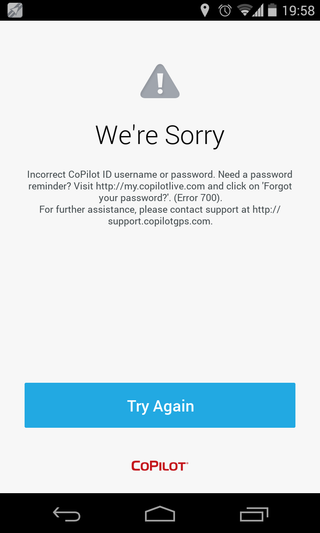FTDI - Best to Avoid?
Serial port ruled the hobby market when connecting custom electronics to a computer was needed. As USB became prevalent, instead of serial interface we got USB-to-UART chips. Most common ones were manufactured by Prolific and FTDI and they became defacto standard. I personally chose FTDI’s FT232RL for huge majority of my designs. Partly it was due to driver availability for almost any platform and partly due to my bad experience with Prolific’s PL-2303.
Mid October FTDI pushed new WHQL certified driver via Windows Update. For quite a few customers that meant death of their serial devices. And it wasn’t just a compatibility issue. Once some devices saw new driver they became unusable on other operating systems (yes, including Linux). For more information, there is a huge thread at EEVblog forum along with some other sources.
Story started when the FTDI engineering found a way to detect some (if not all) non-genuine chips reprogramming them in process. For all practical purposes any device containing fake, cloned or compatible chip became dead. You could boot into Linux and previously working device would refuse to cooperate. You could even move it to another computer (without driver update) and it still wouldn’t work. While change is reversible by the expert user, normal user would just assume device is dead.
Were they in the right to detect fake devices and not work with them? For fakes chips answer is most definitive yes. It is a bit of a gray area when it comes to the compatible chips that have no FTDI markings. But actually killing the end-user devices is taking “pirate” fight a step too far. I am not necessarily talking about legality of “bricking” devices; I am sure that we will see at least legal analysis if not a legal action due to this.
As it works currently, in hobby market, you almost never contact manufacturer directly. You typically go via third-party. Whether you get legitimate or counterfeited chips is mostly a function of price. But you can get a real chip for cheap (e.g. somebody selling unused stock) and you can get a fake for a full price. Yes, you are more likely to get a original if you deal with a big/official suppliers (e.g. DigiKey, RS, Farnell/Newark/Element 14/whatever-is-their-name-now) but they are pain to deal if you are from in “unsupported” country. And a dollar difference here or there might make a difference to a hobby user.
As you sell a few devices with everything looking peachy they all suddenly stop working. Devices start coming back and you need to issue refunds or give a new device with a genuine chip. In an ideal world, you would sue your supplier and recover your damages. In reality you just swallow the loss because having a day in court would cost much more (in both time and money) than what you can hope to win. Only thing you can do is to avoid troublesome chip in the future. Once burned twice shy.
Similar problem exists if you bought a hardware device with the purest intentions. Price was right, not too high, not too low, functionality was just right and device used a FTDI chip internally (e.g. quite a few Arduinos, some BusPirate versions, humble chip breakout, or even some boards I made). But device manufacturer either used fake part knowingly or they just got screwed. In former case device was happily working until suddenly unrelated driver update killed it. If device is new you might get a refund. But chances are that you’ll get nothing.
If you are doing more than a few devices chances are you’re probably outsourcing assembly to somebody else. Dealing with assembly is handful on the best of days and now suddenly you might have on your hands a bunch of devices that pass all possible tests on the assembly bench only to be bricked by the end-user’s computer. To anybody other than the biggest manufacturers this is a scenario from hell. You will need to replace quite a few devices with assembler claiming devices work on their end and that it is not their issue. Court may be your friend but money/time equation usually does not work out.
And it is not as this fixes issue of fake devices. Those making fakes will just adjust their firmware to behave as a real FTDI chip for this case and Whac-A-Mole starts anew. I personally see a much higher chance that some later driver update will accidentally kill some genuine chips rather than preventing cloning. Recognizing that problem, FTDI CEO did say “sorry” but with a side dish of “we’ll do something else less drastic next time”.
I will personally vote with my wallet until I see what next few months will bring in this FTDI saga.
PS: If you want to get away from the FTDI but you don’t want to rework your board, there is a Cypress CY7C65213-28PVXI. It is pretty much exact pinout (albeit without possibility of an external oscillator), supporting anything from Windows 98 onward, and at a lower cost.
PPS: Those prepared to change board can look at MCP2221.
PPPS: Yes, I am aware my actions are purely cosmetic since I only buy 20ish FTDI chips a year.
[2016-02-05: They’re at it again. This time not bricking, just messing with data output.]


